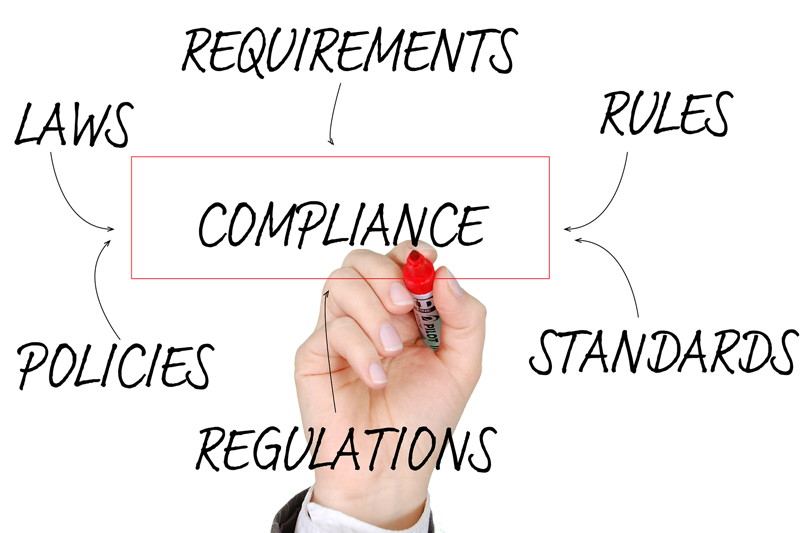
Writing Content for Australian Government Websites
Before writing content, plan the structure
Understand the user’s needs before writing content and structure the copy around meeting those needs first. After that you can meet requirements around mandated information.
You should design content to give the user only the information they need to complete the service and lead the user to the information they need.
Accessibility and inclusivity
Writing content for audience diversity
- Understand the diversity of your audience. Write content that all users can read and understand
- Australia is one of the most culturally diverse countries
- Expectations and abilities of Australians vary and our population is ageing
- Use inclusive language and terms. This will avoid discriminatory language that may treat some people differently to others.
For example:
- Use worker instead of workman or business manager/business person — instead of businesswoman or businessman.
- People with disability — not disabled, handicapped people or people with a disability
- Aboriginal and Torres Strait Islander peoples’ or First Australians — Aboriginals, Aborigines or ATSI
Speak to the person, not their difference in order to be respectful of:
- disability
- cultural differences
- socioeconomic background
- educational levels
- generational differences
- gender roles
- political impacts on life events
- religious affiliations
- transgender people
- intersex people
Writing content in languages other than English
Identify the right languages by research with users to know which languages they need to read the information in. This can be important if there are compliance requirements or health and safety issues and note that plain English is easier to translate.
Types of content
- Document Formats – Make all formats accessible, for example, PDFs are not accessible on mobile devices, but if they’re required:
Structure PDFs logically
Make it clear the file you’re linking to is a PDF file
Offer an alternative format to PDF
- Hyperlinks – create clear links where users need them. Also skip links should be added to navigation and content so users easily know where they need to go for the information they want
- Images and Alt Text – only use images if they are useful to the text content. Choose relevant and clear images that are not culturally insensitive to any audience. All images must have alternative text to describe the function or information of the image
- Video accessibility – Always include transcripts for those who don’t want to watch the video and also for search engine indexing. Closed captions should be included for people who can’t hear the sounds and dialgue as well as audio description for people who cant see the video. This will explain any visual-only detail that’s important
Acronyms and initialisms when writing content
Only use an initialism or acronym when referring to a term more than once and it will make content easier to understand.
When writing acronyms or initialisms, write the term in full the first time it’s used followed by the acronym or initialism in parentheses then use the initialism or acronym only in subsequent mentions.
These tips are just a few of the standards you need to consider when writing web content for Australian Government departments. A comprehensive guide to help Australian Government teams design simple, clear and fast content can be found on the Australian Government Digital Guides website.
Digital Service Standard criteria
To successfully apply the Digital Service Standard, government agencies must meet 13 criteria that helps agencies to design and deliver simple, clear and fast services.
The criteria
- Research to develop a knowledge of users and why they’re using the service to understand their needs
- Have a multidisiplinary team to build, operate, design and iterate the service led by an experienced manager with responsibility for decision-making
- The service design and delivery process should take a user-centred and agile approach to design and build the service
- Understand the systems and tools needed to host, build, operate and measure the service and how to adapt, adopt or procure them
- Make it secure by putting appropriate privacy, legal and security measures in place after identifying the information and data the service will create or use
- Use the style guide for digital content using common design patterns to build the service with responsive and consistent design methods
- Use common government platforms and open standards where appropriate
- All new source code should be made open by default
- Make sure the service is inlusive and accessible for all users regardless of their environment or ability
- Replicate the live version in a test environment and test the service from end to end
- Measure KPIs according to the guides and report on the public dashboard to measure performance
- Ensure people using the digial service can also use other channels if required without confusion or repition
- Consolidate or phase out alternative existing channels where appropriate by encouraging users to choose the digital option
For more information about writing content see our article Write Better Content Using Plain English

